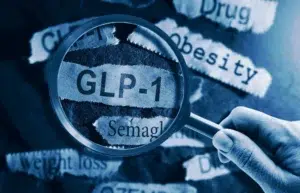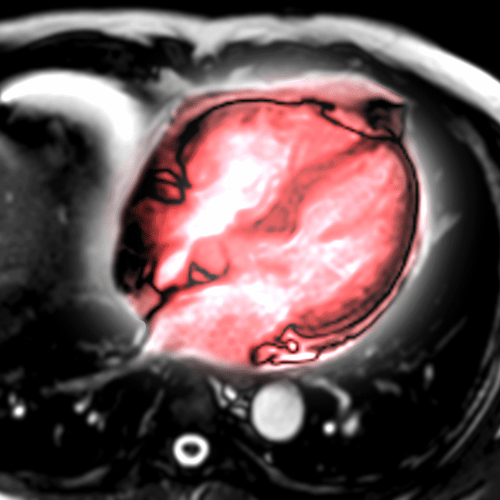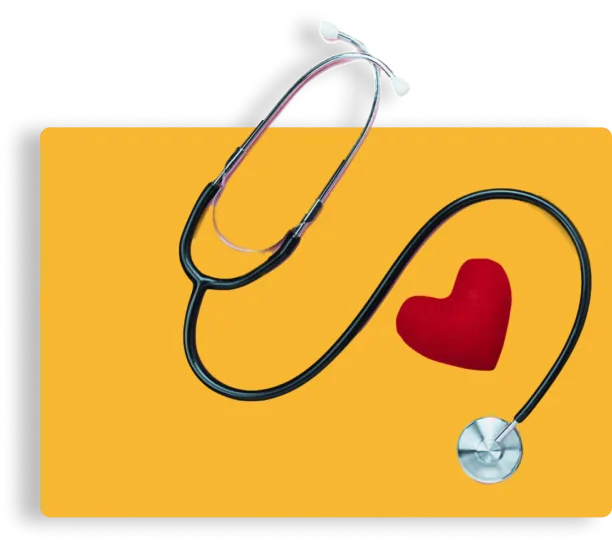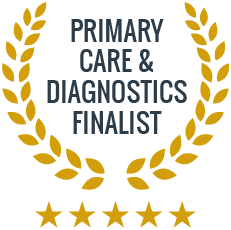
Medical Weight Loss Explained
A lot is said about medical weight loss but we are here to debunk the myths for you.
Cardiology > Cardiac MRI

Find Out More


Cardiac MRI is a non-invasive diagnostic procedure that employs a powerful magnetic field, radio waves, and advanced computer technology to create detailed images of the heart’s structures and function.
If you are experiencing heart-related symptoms or have an existing condition, a cardiologist may recommend a cardiac MRI to gain a comprehensive understanding of your condition and tailor your treatment plan effectively.

A cardiac MRI is commonly used to assess congenital heart disease and to detect or monitor cardiac and coronary artery conditions. It can also be valuable for diagnosing other cardiovascular issues, including:
This imaging technique provides detailed insights into the size of the heart’s chambers, any damage or scarring from a heart attack, plaque build-up, and blood vessel obstructions.
The MRI exam typically lasts between 30 minutes and an hour. Before the procedure, you will receive an injection of contrast dye to enhance image clarity.
While the MRI itself is painless, you might find it uncomfortable to stay still for the duration of the scan. If the enclosed space of the scanner causes anxiety, we can arrange for mild sedation to help you feel more at ease.
Our team of cardiology specialists is here to support you, whether you need help managing existing conditions or require a precise diagnosis for any symptoms you are experiencing.


Cardiac MRI offers numerous advantages over other imaging techniques, making it a preferred choice for many heart evaluations. It provides comprehensive imaging by offering a 3D view of the heart, which helps in understanding both its anatomy and function in detail.
Unlike X-rays or CT scans, Cardiac MRI uses magnetic fields and radio waves, thus eliminating the risk of radiation exposure. Additionally, it captures high-resolution images that can detect subtle changes in heart tissue, which is crucial for early diagnosis.
Cardiac MRI is particularly effective for diagnosing and managing specific heart conditions, like:
Use our online booking engine or book your test by giving us a call.
On the online booking engine select the “appointment type” you need.
You will be seen by one of our friendly doctors or trained clinicians.

When preparing for a cardiac MRI, it is important to wear comfortable clothing that does not contain metal. You should also remove any metal items such as jewellery, watches, and hairpins. Inform the medical staff about any implants or metal in your body, as this can affect the imaging process. If instructed, avoid eating or drinking before the scan. Finally, be sure to follow any specific instructions provided by the facility to ensure a smooth and effective procedure.

During the cardiac MRI, you will lie on a table that slides into a tunnel-shaped scanner. Try to stay still while the machine creates detailed images using magnetic fields and radio waves. Throughout the scan, you may hear loud tapping or knocking sounds. A technician will monitor the procedure from another room and communicate with you via an intercom. The process is painless and typically takes between 15 – 60 minutes to complete, depending on the specifics of the exam.

If contrast agents were used, drink plenty of fluids to help flush it out of your system. Monitor for any allergic reactions or side effects and contact your healthcare provider if you experience any unusual symptoms. You can generally return to your usual activities immediately after the MRI, unless instructed otherwise. The MRI images will be reviewed, and a report will be sent to your referring doctor.
Incorporated
in 1998
Experienced doctors & a professional team
Registration
not needed
Up-to-date with the latest treatments & testing
Strictly
confidential
Experienced doctors & a professional team
Affordable private
health care
Transparent fee structure with no hidden charges
We work with experienced consultants & healthcare professionals who have received positive feedback from our patients, and with whom we have established long-term relationships.
Latest Episode
Tune in to our podcast to explore the world of healthcare and learn from distinguished special guests. We cover everything from preventative measures to cutting-edge treatments so that you can stay informed and up-to-date on health-related things.

A lot is said about medical weight loss but we are here to debunk the myths for you.

Tourist in London and need a GP? Get fast, private care for illnesses, injuries, or lost medication. No registration needed.

With NHS appointments harder to access, many people are turning to private GPs for faster, more convenient care.
Subscribe for latest updates & news


From same-day private GP and blood test appointments to visa medicals, a sexual and reproductive health clinic, and preventative health screenings, we are here to help.
Contact Us
Accepted Insurance Companies






Please note that Walk-in Clinic is a private medical centre & not an NHS service. Harley Walk-in Clinic Ltd company registration no. 07472804